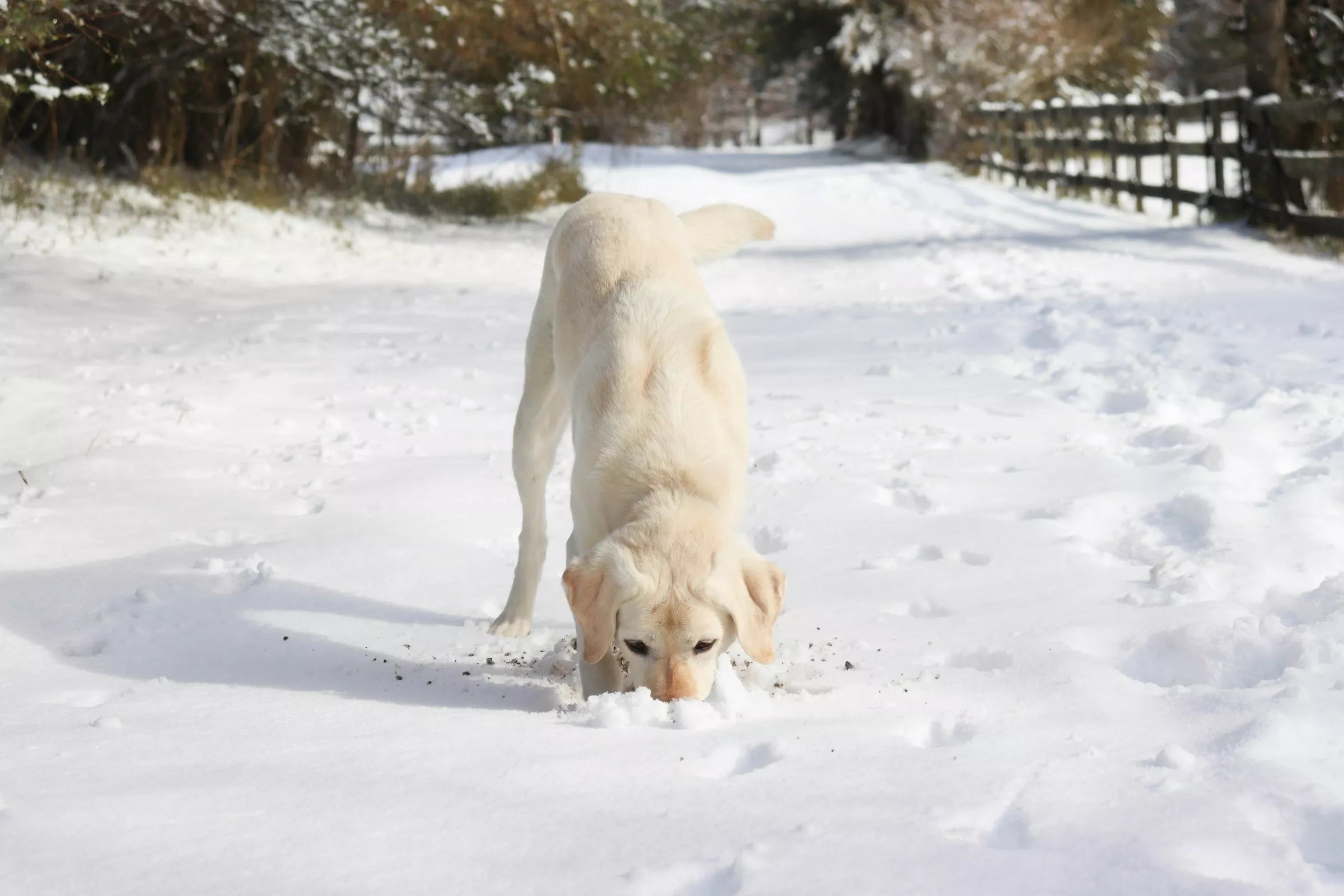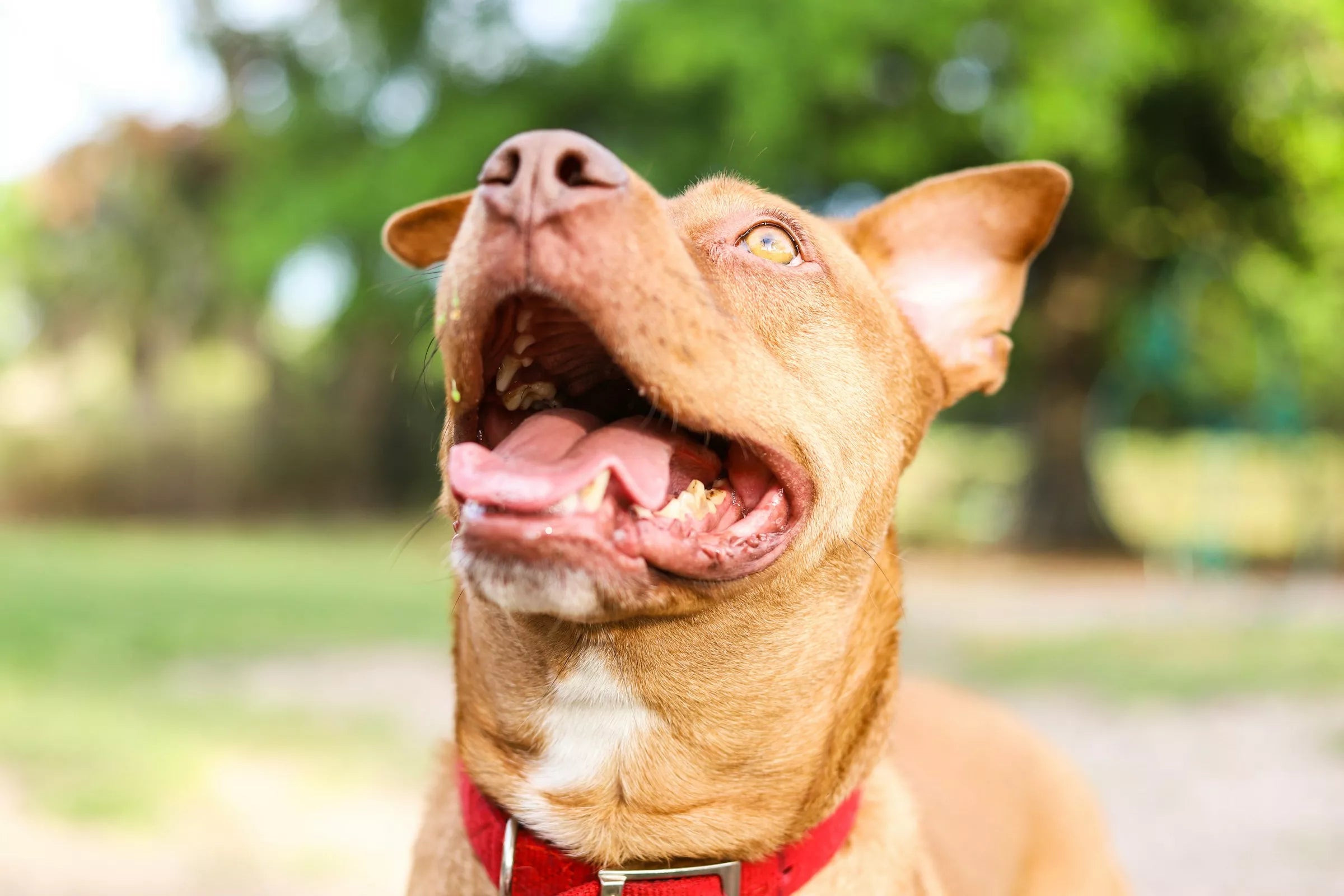As devoted dog owners, we often find ourselves wondering about the similarities and differences between our loyal furry friends and their wild cousins. We invite you to embark on this informative journey to gain a deeper understanding of the captivating relationship between dogs and wolves.
Unravelling the Ancestral Ties
Dogs and wolves share a common ancestor, tracing their roots back to the gray wolf (Canis lupus). Over thousands of years, the domestication process has sculpted the physical and behavioural traits that distinguish our beloved dogs from their wild predecessors.
While both species belong to the Canidae family, dogs have undergone considerable evolutionary changes to thrive alongside humans as devoted companions.
The Domestication Journey
The domestication of dogs is a remarkable tale of coevolution. Early humans formed mutually beneficial bonds with wolves, eventually leading to the development of the trusting relationships we cherish with our canine companions today.
Through selective breeding and adaptation, ancient humans honed specific traits in wolves that suited various roles, such as hunting, guarding, and companionship.
Physical and Behavioural Contrasts
1. Appearance and Size
While dogs and wolves may share certain physical features, such as a similar skeletal structure and fur texture, there are noticeable differences in their appearances. Dogs come in a wide array of shapes and sizes, thanks to human-driven selective breeding. From the towering Great Danes to the pint-sized Chihuahuas, the diversity is truly awe-inspiring. Conversely, wolves generally maintain a more consistent appearance, with strong, lean bodies adapted for their life in the wild.
2. Social Structures
One of the most prominent distinctions between dogs and wolves lies in their social structures. Wolves are highly organized and live in tightly-knit packs led by an alpha pair, with a clear hierarchy defining roles and responsibilities. Dogs, on the other hand, exhibit more flexibility in their social interactions, forming close bonds with both humans and other animals, adapting to various family structures.
3. Communication
Wolves possess a sophisticated communication system involving howls, growls, and body language to convey information within the pack. In contrast, domesticated dogs have developed unique ways to communicate with humans, such as barking, tail wagging, and making eye contact.
4. Adaptability
While both dogs and wolves demonstrate remarkable adaptability, dogs have undergone specialized breeding that enables them to thrive in diverse environments worldwide. Their ability to adapt to various lifestyles, climates, and living conditions is a testament to their close bond with humans throughout history.
Understanding the Canine Mind
1. Emotions and Empathy
Dogs have a remarkable capacity for empathy, often sensing and responding to their owners' emotions. Their ability to comfort us during difficult times is truly heart-warming. Wolves, while emotionally complex creatures, primarily focus on survival and the well-being of their pack.
2. Problem-Solving Skills
Domestication has influenced dogs' problem-solving skills, making them more inclined to seek human assistance when facing challenges. Wolves, being wild animals, rely on their instincts and resourcefulness to navigate their surroundings.
3. Playfulness
Playfulness is a hallmark of dogs that endears them to humans of all ages. Whether it's a game of fetch or chasing their tails, their joyful antics brighten our lives. Wolves, though they engage in play among pack members, do not exhibit the same level of playfulness as our canine friends.
Nurturing the Bond
1. Training and Socialization
Proper training and socialization play crucial roles in nurturing a strong bond between dogs and their human families. Positive reinforcement techniques foster trust and cooperation, creating a harmonious and happy living environment.
2. Exercise and Enrichment
Both dogs and wolves have active lifestyles that require regular exercise and mental stimulation. Ensuring that your dog receives ample opportunities for physical activity and play will enhance their overall well-being and strengthen your bond.
3. Responsible Pet Ownership
Being a responsible pet owner involves providing proper nutrition, regular veterinary care, and a safe and loving home for your canine companion. Remember that domestic dogs depend on us for their well-being, just as their ancestors relied on early humans for survival.
Conclusion
As we conclude our exploration of dogs vs. wolves, we have gained a deeper appreciation for the fascinating bond that exists between us and our loyal canine friends. From their shared ancestral roots to their unique characteristics and behaviours, dogs continue to captivate our hearts and enrich our lives in countless ways.
Remember, embracing your dog as a cherished member of your family and understanding their needs will foster a lifelong bond built on love and trust. Celebrate the remarkable journey of domestication that has led us to this beautiful connection with our four-legged companions.
So, whether you have a spirited little Chihuahua or a majestic Great Dane, cherish every moment with your furry friend and make precious memories that will last a lifetime.















Share:
Enjoy Every Walk With Your Dog
Do You Need to Walk Your Dog Every Day?